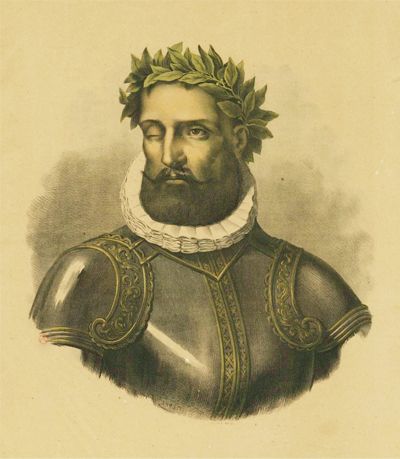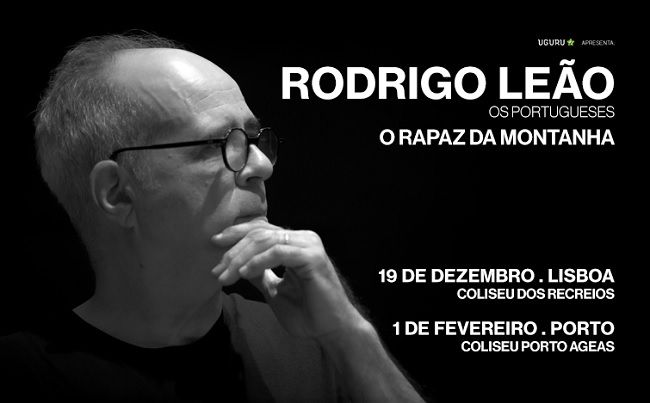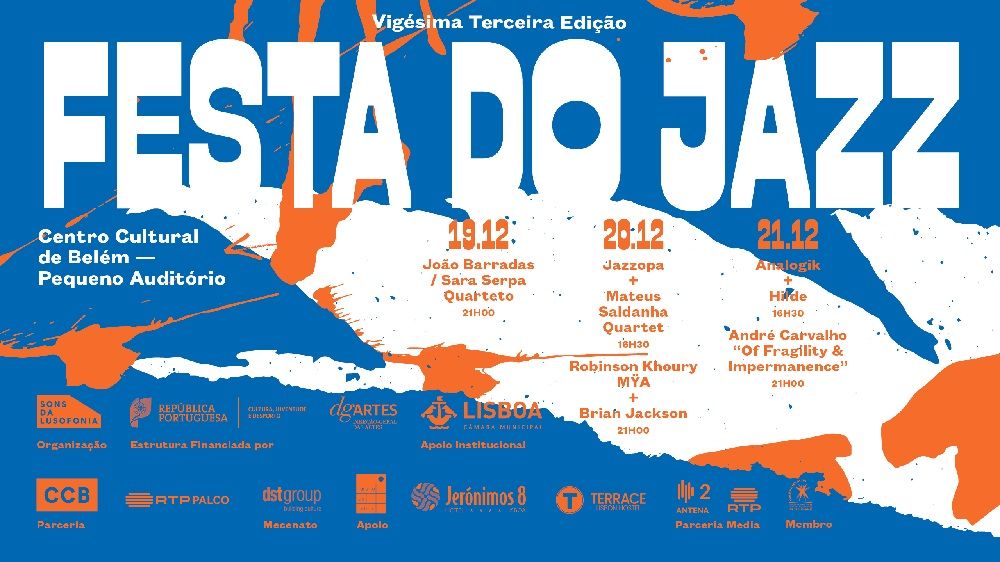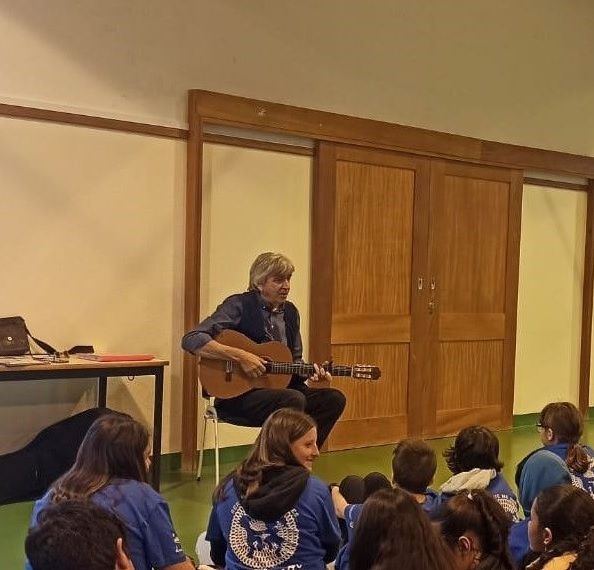Obras de referência da cultura portuguesa
RIMAS DE CAMÕES - O LIRISMO
de LUÍS DE CAMÕES
Análise de Miguel Real
Tradução de Alexandra Leitão

Humanista na relação entre a medida velha e a nova, praticando simultaneamente a redondilha portuguesa e o soneto italianizante, as Rimas de Camões, publicadas em primeira edição em 1595, perfazem a passagem de continuidade entre a arte de poetar do Cancioneiro Geral, de Garcia de Resende, e a influência petrarquista do neo-platonismo, de pendor Renascentista. Junto com Sá de Miranda, mas a um nível superior, e distanciando-se de António Ferreira, Camões opera a ligação entre o lirismo fundo da poesia portuguesa, tecido da separação (a guerra da Reconquista) e da desventura (os estatutos sociais diferentes dos amantes), realizado nas cantigas de amigo e de amor medievais, e a cultura poética europeia renascentista. Desta, nasce a pulsão naturalista (a “imitação da [verdade] da natureza”) e a prática das novas formas estéticas da poesia, que Camões elevará a níveis de composição inultrapassáveis, como o soneto ou a écloga, cobertos de tristeza individual e de injustiça social.
O lirismo de Camões assenta na comunhão de um ideal platónico (ou neo-platónico), crente na existência de modelos de perfeição antagónicos à realidade vivencial. Deste antagonismo, sofrido e experimentado na realidade da existência singular do autor, nasce o interior da sua poesia: forma e conteúdo do mundo e da existência humana batalham e dilaceram-se entre si em cada composição, ora apontando para uma perfeição ideal de beleza, amor puro, razão, verdade e justiça, ora evidenciando a amarga e sofrente realidade. Do contraste entre ambas as realidades, a ontológica e a existencial, advém o sentimento lírico, por vezes cético e pessimista, por vezes nimbado de esperança ridente. A divinização da mulher e do amor, aliás, na esteira do platonismo cristão que cobria a “senhora” das cantigas medievais, constitui um dos mais fortes casos de antagonismo estético e vivencial entre o grau universal de beleza (a “formosura”) da mulher, que prende invisivelmente pelos laços do desejo e do amor, que a figura carnal e sensual aviva pelo ardor da sensibilidade, reminiscência da forma ideal celeste, e a existência de convenções sociais que impedem a livre manifestação do amor. Desta tensão, geradora do sofrimento amoroso, nasce a dor e a amargura do amor. A racionalidade idealizada esbarra assim contra a materialidade fluida, imperfeita, sensível e sentimental, concretizando-se no poema ora em laivos eróticos, ora em desejos amorosos cristãos, que, frustrados uns e outros, envolvem o poema de penas e saudades líricas.
Face à constitutiva incapacidade humana de atingir em plenitude os ideais de amor e justiça gera-se o estado saudoso e o sentimento lírico, recriado permanentemente e permanentemente atualizado em cada poeta e em cada leitor. Neste sentido, a poesia lírica de Camões nasce do mesmo desequilíbrio que percorre toda a sua vida: “Verdade, Amor, Razão, Merecimento / Qualquer alma farão segura e forte. / Porém, Fortuna, Caso, Tempo e Sorte / Têm do confuso mundo o Regimento”. Deste desequilíbrio estrutural em que Camões permanentemente viveu, fica o mote da sua glosa: “Foi-se gastando a esperança, / Fui entendendo os enganos; / Do mal ficam meus danos e do bem só a lembrança”.
"RIMAS BY CAMÕES" - THE LYRICISM by LUÍS DE CAMÕES
Camões’s Rimas (1st edition 1595), humanist in the relation between old and new metres, simultaneously practising the Portuguese redondilha and the Italianising sonnet, establishes the transition in continuity between the art of versifying of the Cancioneiro Geral by Garcia de Resende and the Petrarchan influence of neo-Platonism of Renaissance leaning. With Sá de Miranda, but on a higher level, and at some distance from António Ferreira, Camões provides the link between the deep lyricism of Portuguese poetry, woven from separation (the war of the Reconquest) and misfortune (the different social backgrounds of the lovers), set out in the medieval cantigas de amigo and cantigas de amor, and the European poetic culture of the Renaissance. This gives rise to the naturalist drive (the “imitation of the [truth] of nature”) and the practice of new aesthetic forms of poetry, such as the sonnet or the eclogue, which Camões will raise to unsurpassable levels of composition, cloaked in individual sadness and social injustice.
Camões’s lyricism is based on the communion of a Platonic (or neo-Platonic) ideal, believing in the existence of models of perfection that are antagonistic to reality as it is lived. It is from this antagonism, suffered and experienced in the reality of the author’s unusual existence, that the core of his poetry is born: the form and content of the world and of human existence battle and wound themselves in each composition, either indicating an ideal perfection of beauty, pure love, reason, truth and justice, or highlighting bitter and suffering reality. It is the contrast between these two realities, ontological and existential, that provides the lyrical feeling, occasionally sceptical and pessimistic, at other times ringed by cheerful hope. The divinization of woman and of love, in fact, in the wake of the Christian Platonism that covered the “lady” of medieval cantigas, constitutes one of the strongest cases of aesthetic antagonism between the universal degree of beauty (“formosura”) of the woman who attaches invisibly with ties of desire and of love, where the carnal and sensual figure excites through the ardour of sensitivity, a reminiscence of the ideal celestial form, and the existence of social conventions preventing the free demonstration of love. Pain and the bitterness of love are born of this tension that generates amorous suffering. Idealised rationality thus collides with fluid, imperfect, sensitive and sentimental materiality, present in the poem either in traces of eroticism or in amorous Christian desires which, both frustrated, involves the poem in lyrical sorrows and yearnings.
The constitutive human inability to reach the ideals of love and justice in full leads to a state of yearning and lyrical sentiment recreated permanently and permanently updated in each poet and each reader. In this sense, Camões’s lyrical poetry is born of the same disequilibrium that runs through his life: “Truth, Love, Reason, Merit / Will strengthen and reinforce any soul. / However, Fortune, Affair, Time and Luck / Have the Regiment of the confused world”. Of this structural disequilibrium in which Camões lived permanently, we have the refrain of his verse: “Hope has worn away / I understood my mistakes; / Of evil I have but my losses and of good only the memory”.
Obras de Referência da Cultura Portuguesa
projeto desenvolvido pelo Centro Nacional de Cultura
com o apoio do Ministério da Cultura

 Divulgue aqui os seus eventos
Divulgue aqui os seus eventos













